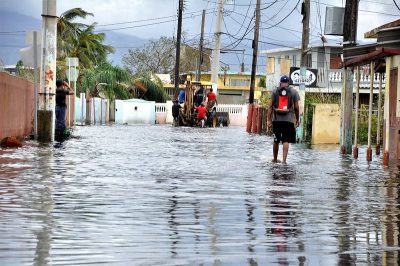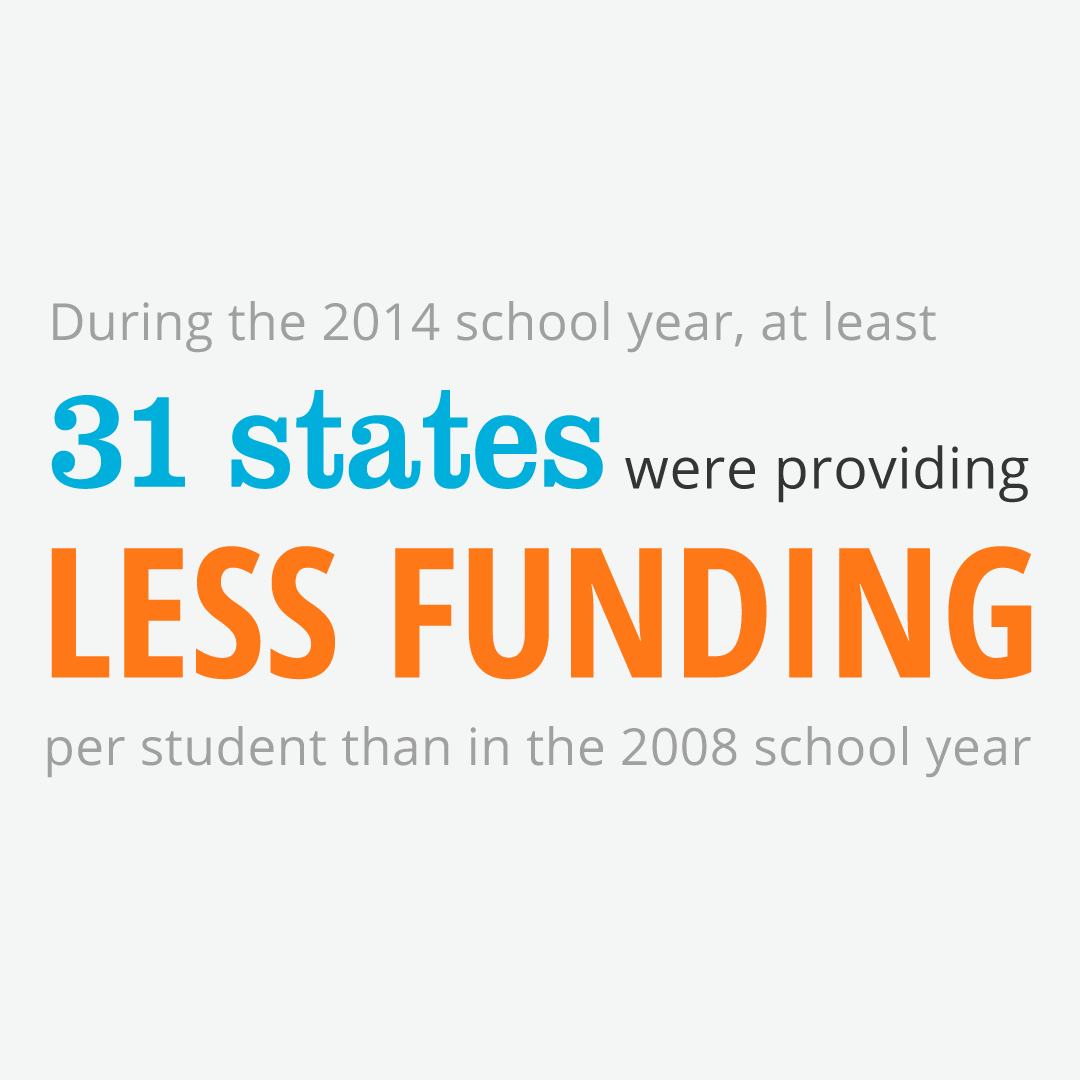In 2019, we witnessed a drastic increase in hurricanes, flooding, earthquakes, and more. We must be thinking about ways to make our infrastructure last and withstand future risks. That means ensuring our infrastructure is more resilient by using new technologies, approaches, materials—but also incorporating the latest codes and standards, which will, in the end, cut down recovery costs. Thankfully, the Federal Emergency Management Agency (FEMA) released a new policy that ensure communities rebuild in accordance to the latest construction codes and standards.

U.S. Army Brig. Gen. Isabelo Rivera, the Adjutant General of Pureto Rico, and Puerto Rico Governor Ricardo Rosselló, visited the areas affected by Hurricane María in the municipalities of Loiza, Canóvanas and surrounding areas, Sept. 21, 2017.
On January 16, FEMA released an Interim Policy that will require, as a condition of grant funding, the incorporation of consensus-based codes, specifications, and standards in the planning, design and execution of eligible repair, replacement, or new construction projects. The policy is one of a series being issued by FEMA as it implements the provisions of the Disaster Recovery and Reform Act (DRRA) of 2018. ASCE Executive Tom Smith told E&E News, on this new policy: “When you have a disaster and want to rebuild, it doesn’t make sense to rebuild to the standards we had before. We’re in a vastly different environment now. We have to be thinking about resilient, sustainable infrastructure.”
Why now? When communities are hit hard by severe flooding or hurricanes, causing damage to homes, businesses, and more, some communities spend that aid from the federal government in ways that are not resilient, causing them to become damaged again when another disaster strikes. These communities, under this new policy, must rebuild to the latest construction codes. Some of these consensus-based codes that will be incorporated into the design and construction of applicable facilities (buildings, electric power, roads and bridges, potable water supply, and wastewater) include the following ASCE codes and standards, as well as Manuals of Practice (MOP):
- ASCE/SEI 7-16, Minimum Design Loads and Associated Criteria for Buildings and Other Structures;
- ASCE/SEI 24-14, Flood Resistant Design and Construction;
- ASCE/SEI 41-17, Seismic Evaluation and Retrofit of Existing Buildings;
- ASCE 8-02, Standard Specification for the Design of Cold-formed Stainless-Steel Structural Members;
- ASCE 49-12, Wind Tunnel Testing for Buildings and Other Structures;
- ASCE MOP 74 Guidelines for Electrical Transmission Line Structural Loading; and
- ASCE MOP 140 – Climate-Resilient Infrastructure: Adaptive Design and Risk Management
DRRA represent a significant improvement in U.S. disaster resilience policy, in addition to supporting enhanced use of building codes, will also provide states with access to an enhanced, on-budget pre-disaster mitigation fund for activities that provide a measurable reduction of risk and focusing recovery funds toward resilient building code adoption and enforcement. The measure was enacted in the fall 2018.
In October 2019, FEMA published the DRRA Annual Report which provides an overview and highlights its alignment with FEMA’s strategic goals. The report outlines FEMA’s efforts to implement the law. The law contains 56 distinct provisions that require FEMA policy or regulation changes for full implementation, as they amend the Robert T. Stafford Disaster Relief and Emergency Assistance Act.
The DRRA places 6% of annual disaster spending into a new national Pre-Disaster Mitigation account, providing new resources for states and communities to invest in preventative measures. This fund would be able to provide as much as an estimated $1 billion in pre-disaster assistance depending on the level of disaster spending in a given year, and importantly ensures that PDM funds can be used towards building code development and enforcement.
ASCE was an active supporter of DRRA and worked closely with the Congress and members of the BuildStrong Coalition to enact this important legislation. ASCE has made hazards mitigation a public policy priority and will continue to work with FEMA as it rolls out implementation of DRRA.
ASCE is committed to developing standards and participating in other national and international initiatives that incorporate resilience as a fundamental performance criterion and encourage mitigating the effects of hazards. This policy is a step in the right direction to strengthen community resilience.























































